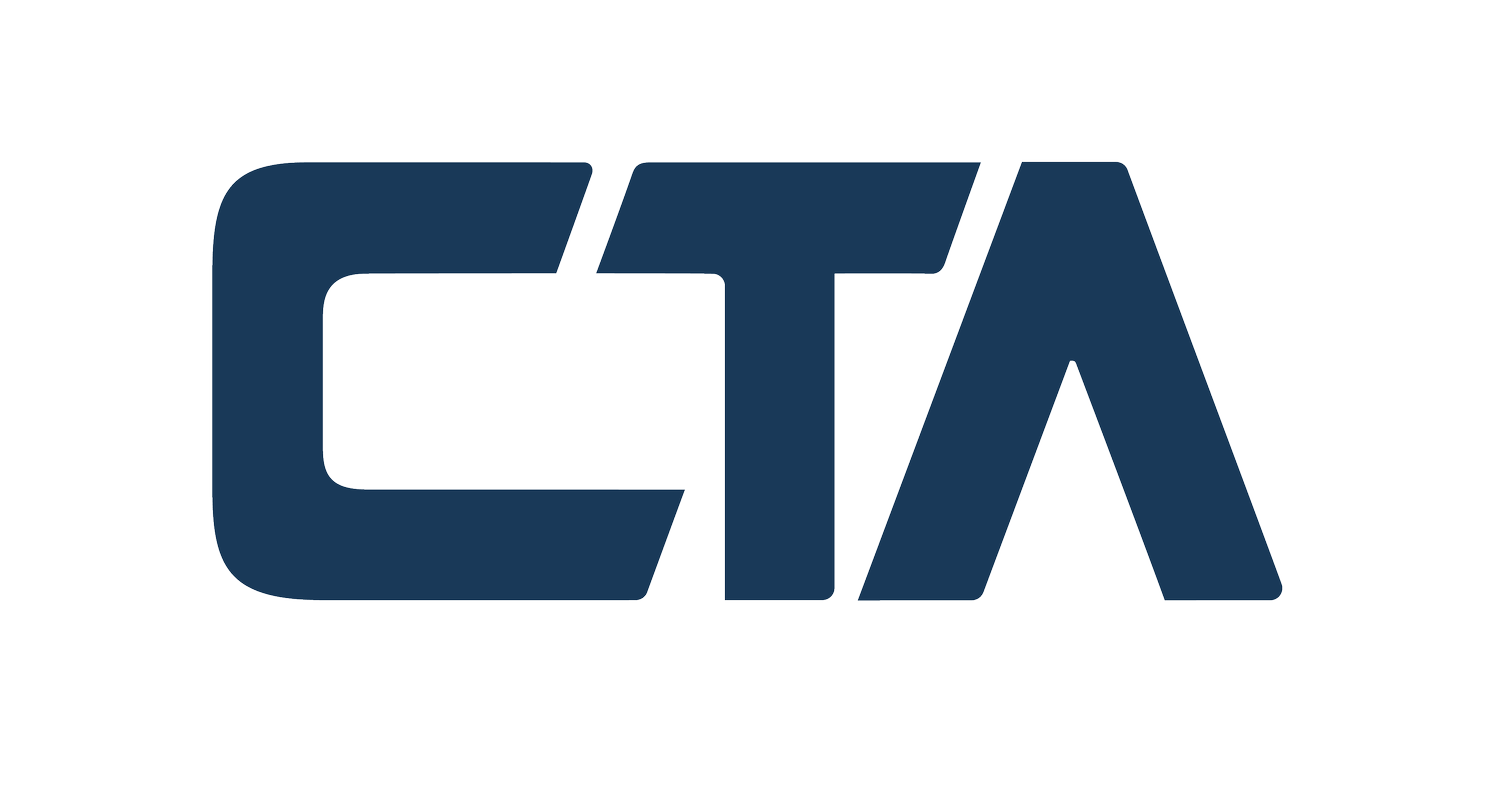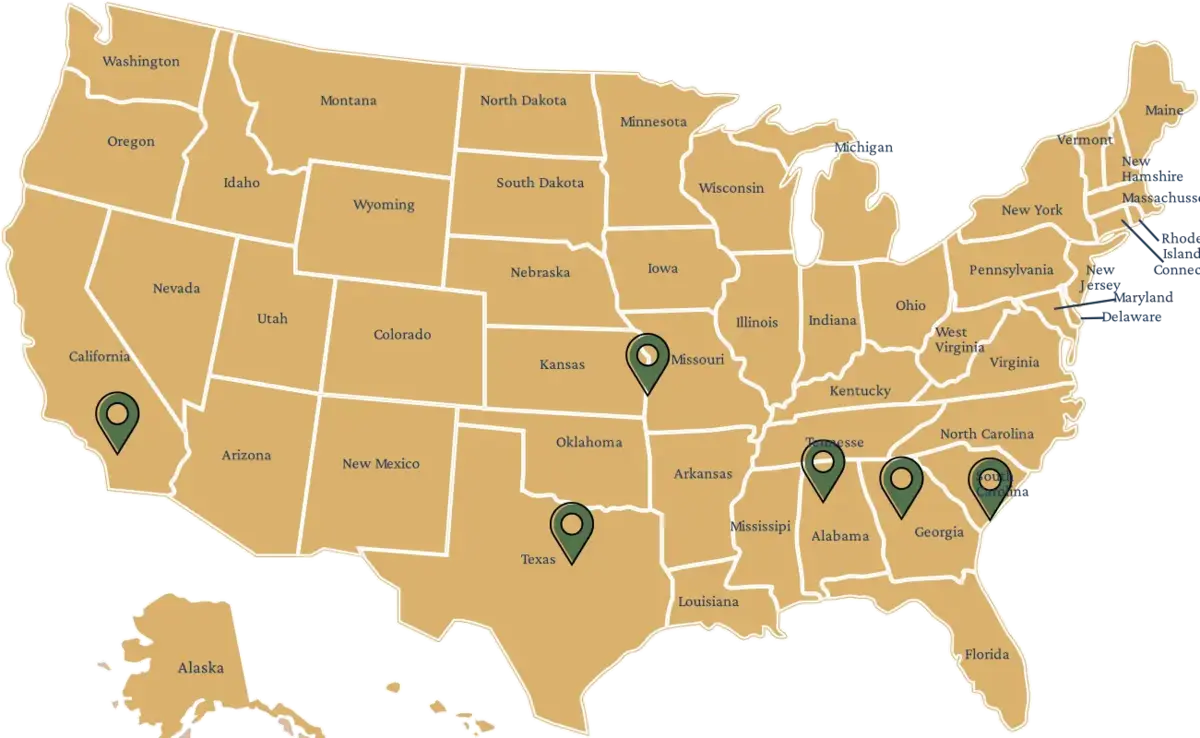Fact: The IRS is gearing up for Research and Experimental (R&E) studies and not for the benefit of U.S. industry!
Purpose of Research & Development Tax Studies
Let’s first address the largest misconceptions and get it out of the way: This isn’t about the IRS hunting for Research and Development (R&D) credits to benefit taxpayers; it’s about diving into the intricacies of IRC Code Section 174 and its Research and Development (R&D) expenditures study.
This all started with the 2017 Tax Cuts and Jobs Act (TCJA).
GAME-CHANGER: No More Immediate 100% Expensing of IRC Section 174 R&D Costs in the First Year!
Starting in 2022, taxpayers must amortize these costs over 5 years (and 15 years for foreign expenses), with a half-year convention applied in the first year. This means that what was once fully deductible in the pre-2022 era is now only 10% deductible in year 1, 20% deductible in years 2-5, and 10% deductible in year 6.
Betting-on a legislative lifeline or a deferment of the effective date? So far, and not surprisingly considering the current legislative environment, such an outcome would fall into the bucket of a “Hail Mary”. With Congress divided and grappling with budget issues, the prospect of change – retroactive or prospective – remains uncertain.
Sobering Scenario
Picture this: the IRS knocks on your door for a random 2022 audit, and the first items on their Information Document Request (IDR) form are likely to be the IRS’ newest low-hanging fruit:
1. Please provide substantiation for Travel and Entertainment (T&E) expenses
2. Provide detailed records of IRC Section 174 R&E expenses.
The Undeniable Truth (Currently)
The 174 R&E amortization rules are now ingrained in our legal landscape unless there’s a reversal or postponement in the future. It’s a reality we have to contend with. Companies that neglect to identify and amortize their 174 R&E costs are exposing themselves to potential tax liability, interest, and penalties. These are not mere conjectures; they are facts. Whether or not you choose to claim the R&D credit is inconsequential – what matters is acknowledging and amortizing IRC Section 174 R&E expenditures over a five-year period.
Five ‘Misconceptions’ About R&D Expenses
Misconception #1: “The IRS won’t catch-on to my R&D expenses if I’ve never claimed the R&D tax credit before.”
False: R&E 174 expenses are now ‘low-hanging fruit’ for the IRS, easily identified through a company’s public boasts about innovation but also decades of industry data of those who have claimed an annual research credit. If you are in one of those industries you are “low-hanging” fruit. Brace for the possibility of an IRS R&E questionnaire being mailed to your attention soon, akin to those ‘innocent’ nexus questionnaires from state tax departments.
Misconception #2: “My exposure is small because my R&D credit expenditures are small.”
False: IRC Section 174 R&E expenditures subject to the 5-year amortization rule have a broader definition than Section 41 R&D costs, potentially making your exposure greater than anticipated.
Misconception #3: “The IRS can’t identify IRC Section 174 R&E expenses.”
False: The IRS possesses “assumption-power”. Imagine you owned an investment property for an extended period, improvements made, experienced investment gains and losses, and eventually sold the property at a substantial gain. Calculating and proving your basis in that investment property becomes imperative. If you fail to provide the basis calculations, the IRS will wield its power to “assume” a zero basis, maximizing your tax liability. Similarly, we foresee the IRS casting a wide net, making assumptions about a substantial, arbitrary portion of total expenses, which could be reclassified as 174 R&E expenditures subject to the five-year amortization. It’s you the taxpayers’ responsibility to identify, accurately compute, and substantiate your 174 R&E expenses to prevent arbitrary overstatement by the IRS. And why it’s best to be proactive to avoid surprises in this regulatory landscape.
Misconception #4: “Taking the R&D credit in 2022 is too risky.”
False: Stay grounded and confront the reality. It’s essential to distinguish between IRC Section 41 R&D expenditures eligible for the R&D credit and IRC Section 174 R&E expenditures subject to the five-year amortization rule. Contemplate conducting an IRC Section 41 R&D credit study to mitigate the additional tax burden imposed by the mandatory amortization of IRC Section 174 Research and Experimental (R&E) expenses over five years.
Misconception #5: “The R&D credit won’t help me.”
False: A credit is a credit – it offsets tax liability. Wouldn’t you prefer a credit over paying the full tax liability?
Crucial Next Steps for CPAs
- Prepare your client for potential tax implications.
- Identify and quantify IRC Section 174 R&E expenditures
- Adjust 2023 estimated tax payments
- Advocate for change – write to your Congressional representatives
If you enjoyed this article, please share to LinkedIn and elsewhere. Onward!








